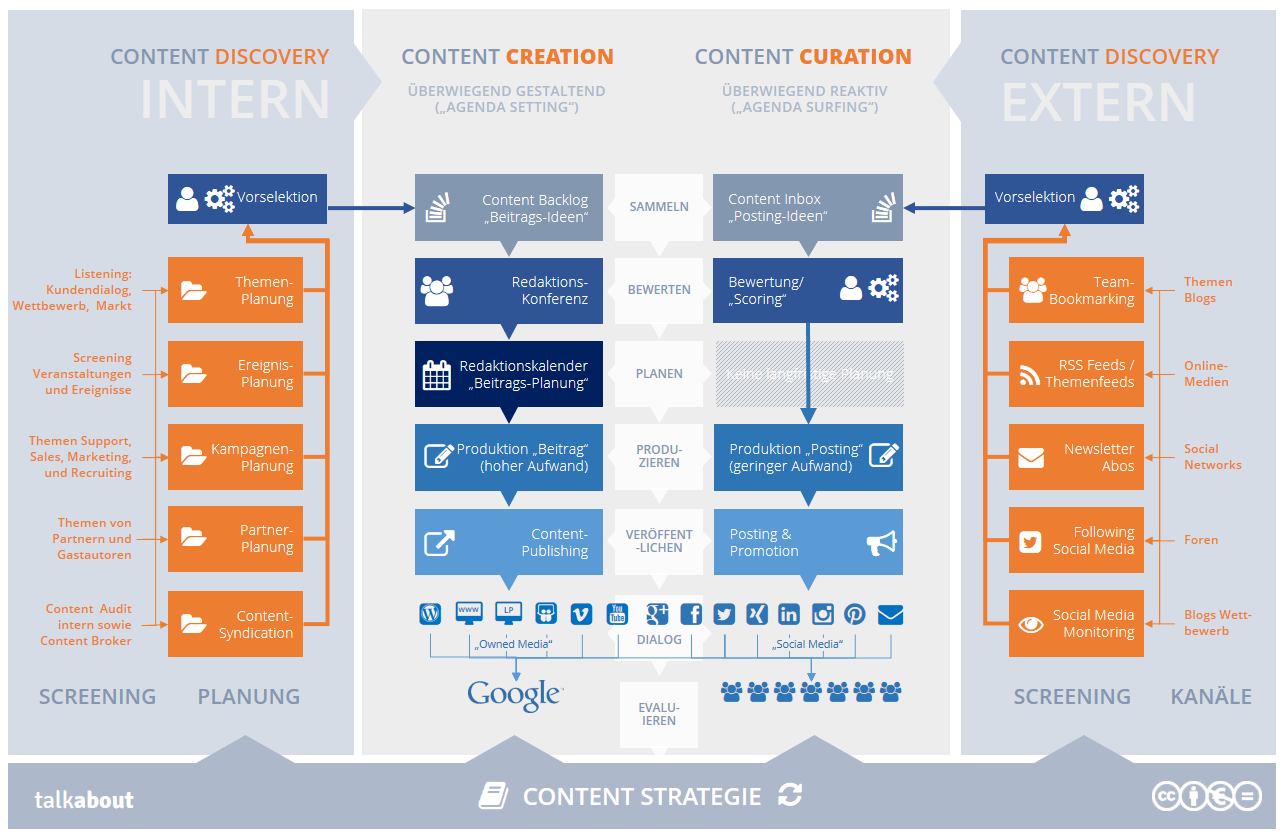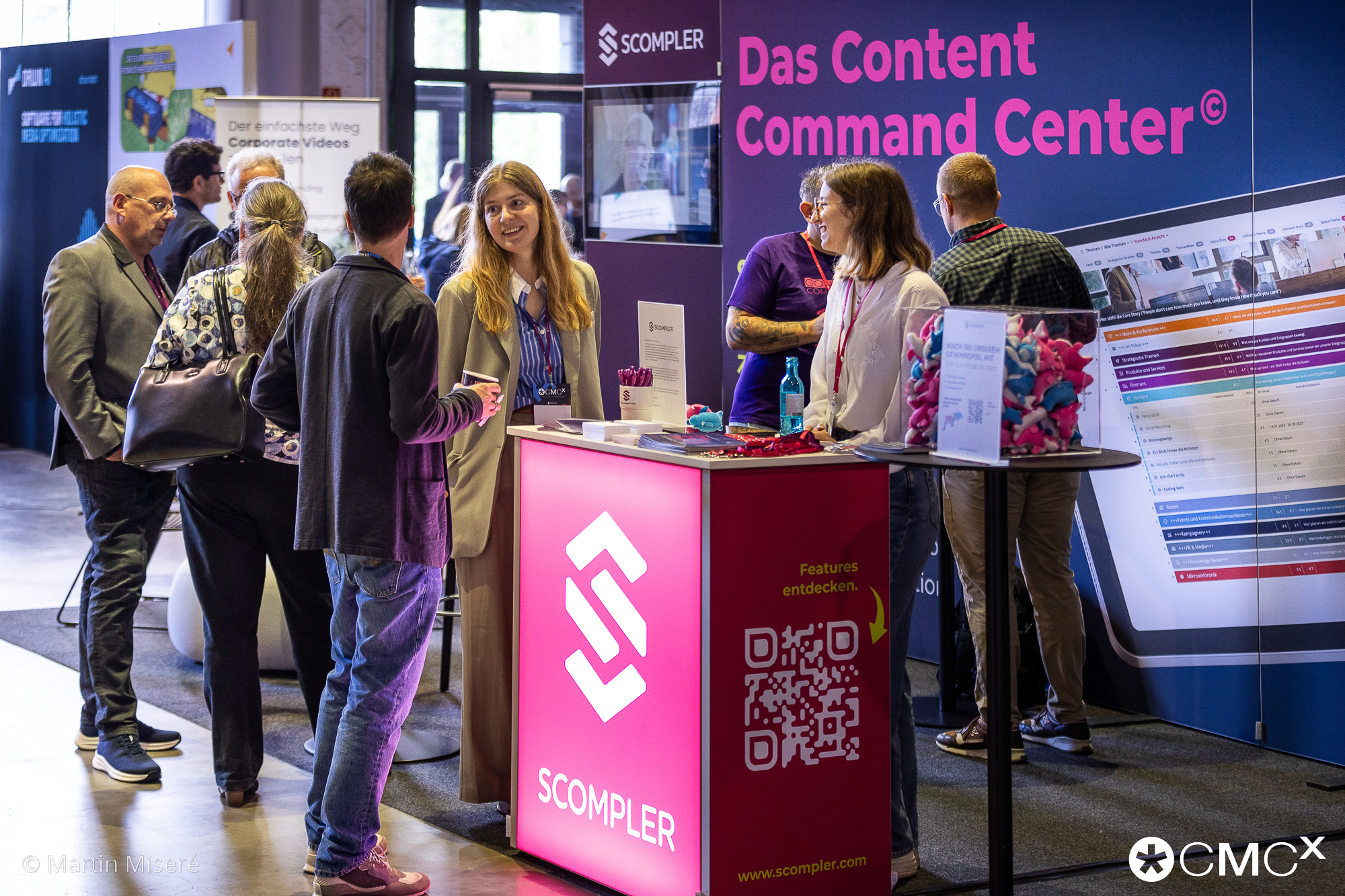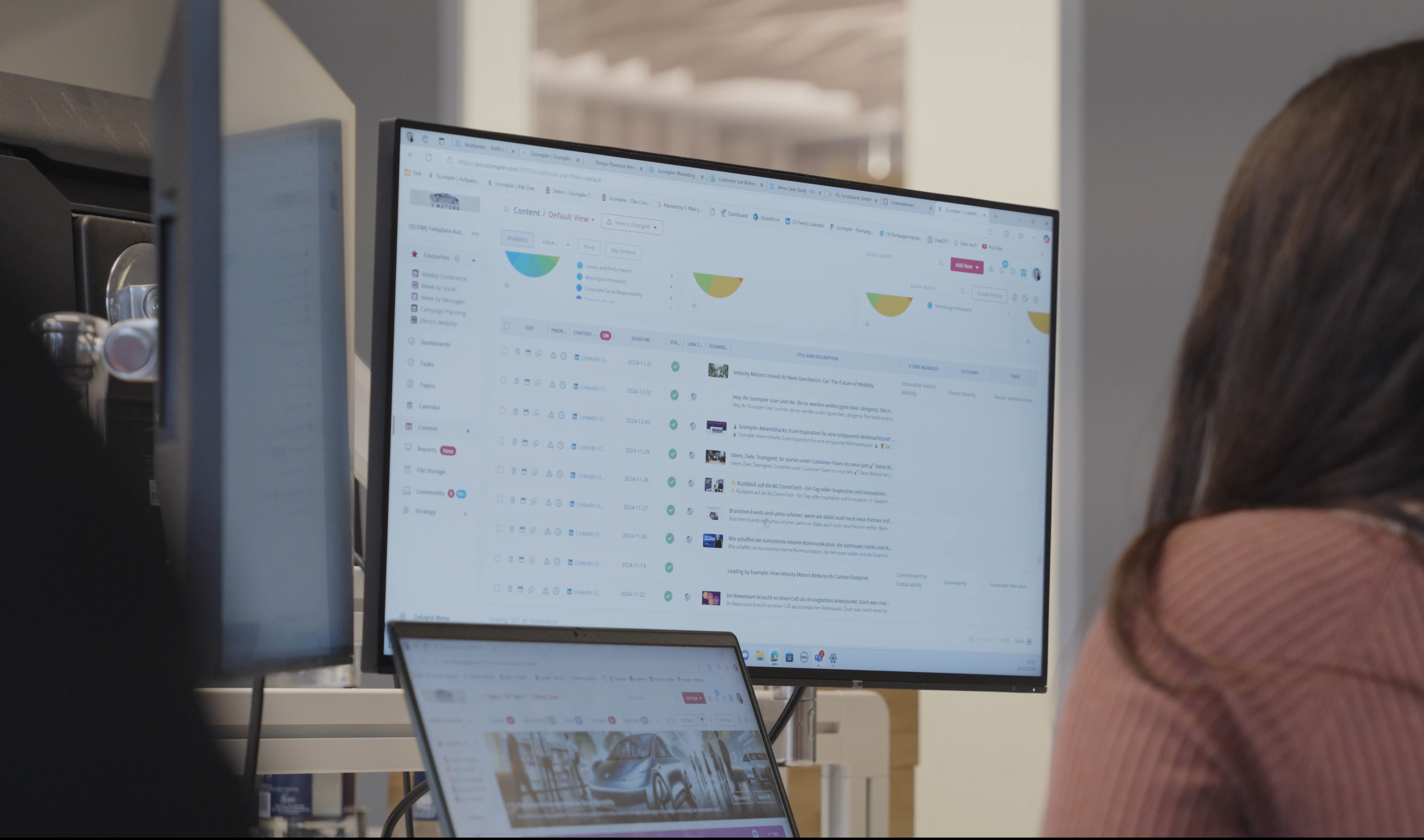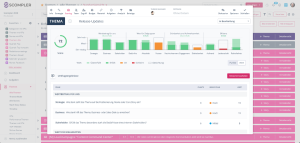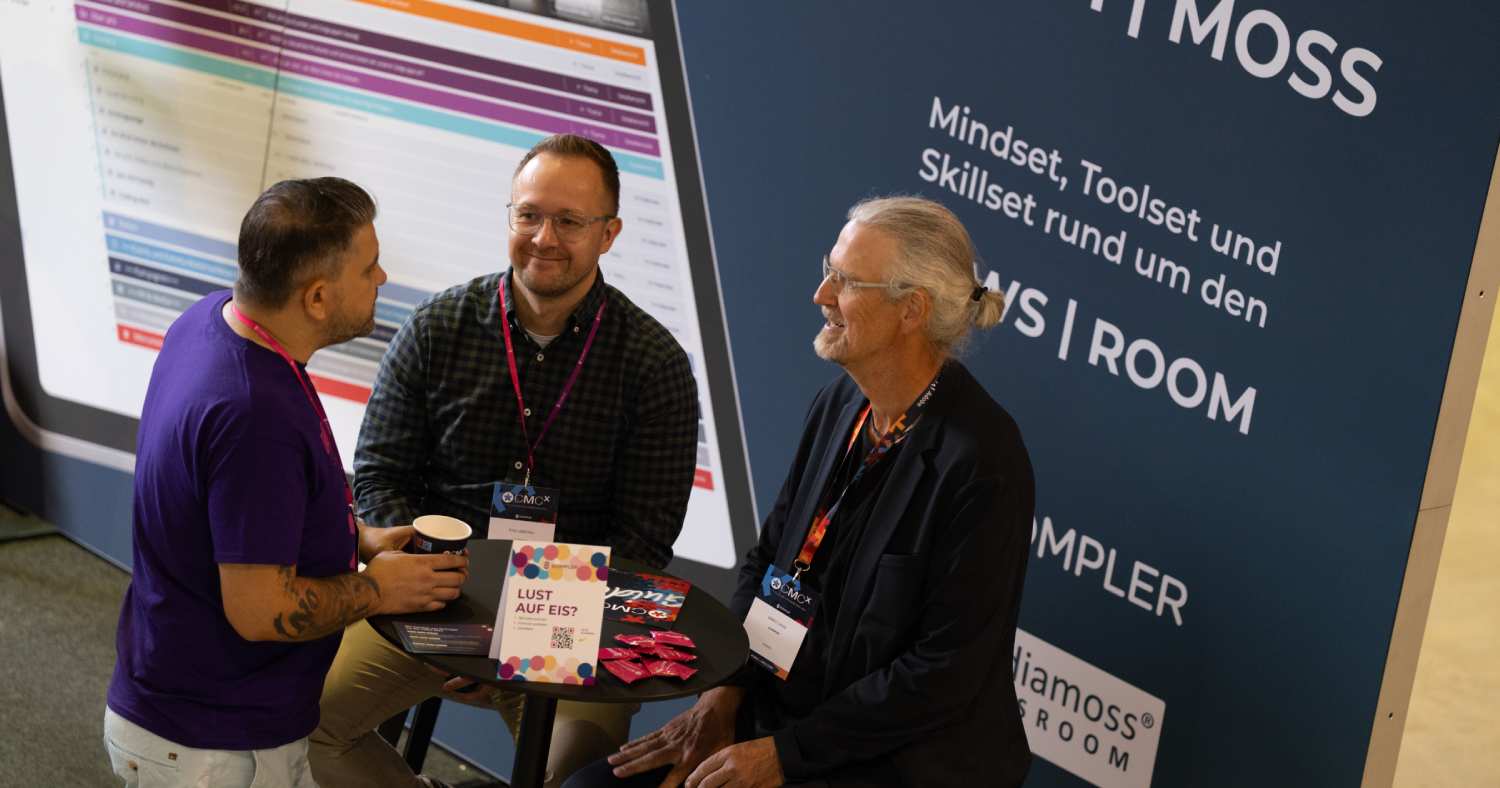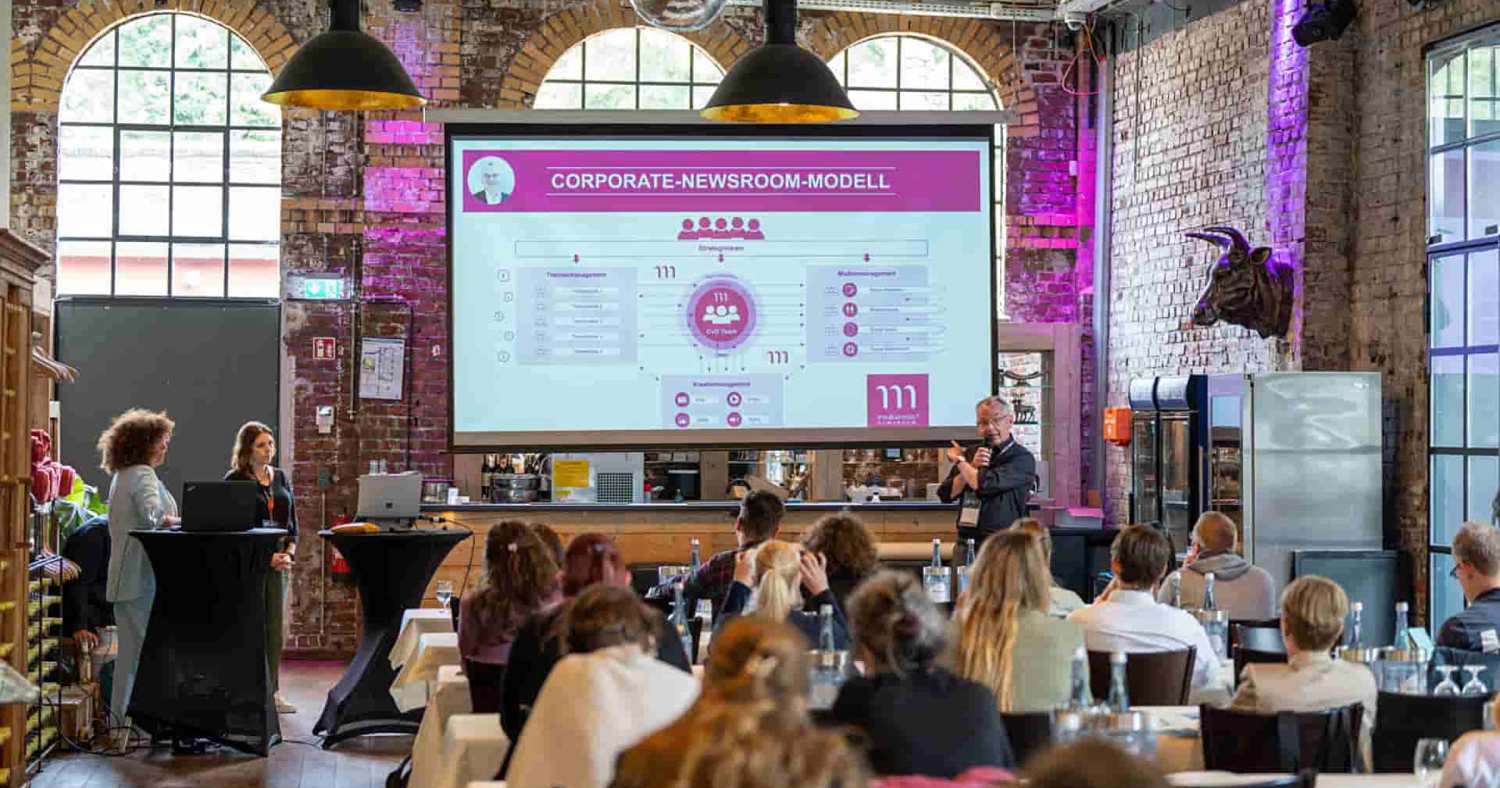Interactive infographic: How to feed the content monster without being eaten
The "content monster" wants to be fed. Day after day. In some industries, hour after hour. And if you're not careful, it will devour you. This infographic provides a compact overview of what you can and must do: Discover interesting content internally and externally, collect ideas, evaluate, plan, produce, publish, interact with it and then evaluate it. The basis is a content strategy. And to make it efficient, you should not only create content yourself ("content creation") but also curate external content: Otherwise you will hardly get the quantities you need with a reasonable amount of effort. And don't worry: "content curation" is a very valid means of content marketing with which you can create real added value - both for yourself and for your readers! When you move the mouse over the graphic, small dots appear. The explanations are then displayed on mouse-over. And we would be delighted if you could give us some brief feedback on this infographic below.
"Marketing" is usually defined as "a concept of holistic, market-oriented corporate management to satisfy the needs and expectations of customers and other interest groups". And this is precisely the task we have in communication. If we apply the term consistently, then we can define content marketing as "a concept of holistic, market-oriented communication management to satisfy the (information) needs and expectations of customers and other interest groups". Quite simple, isn't it?
